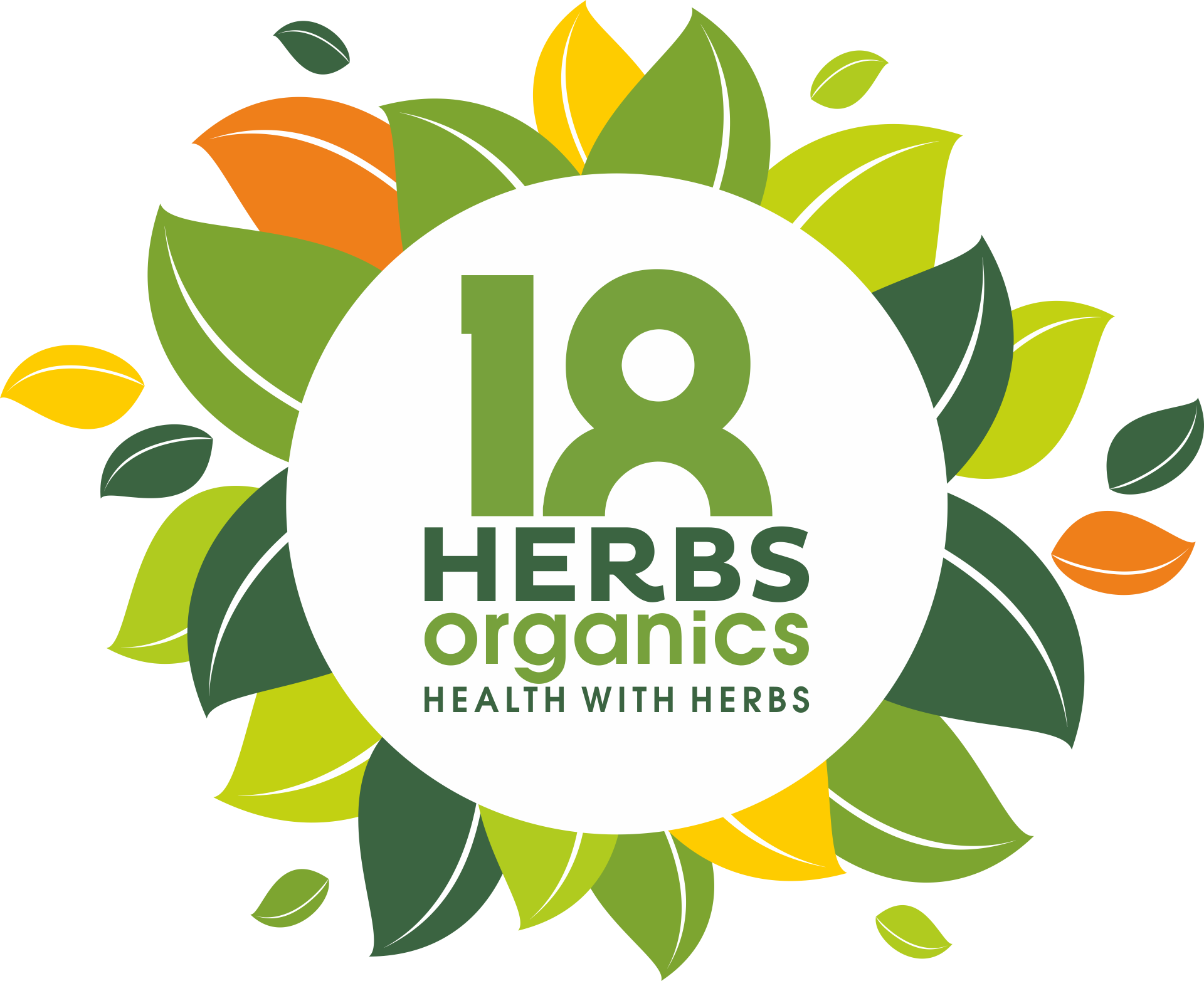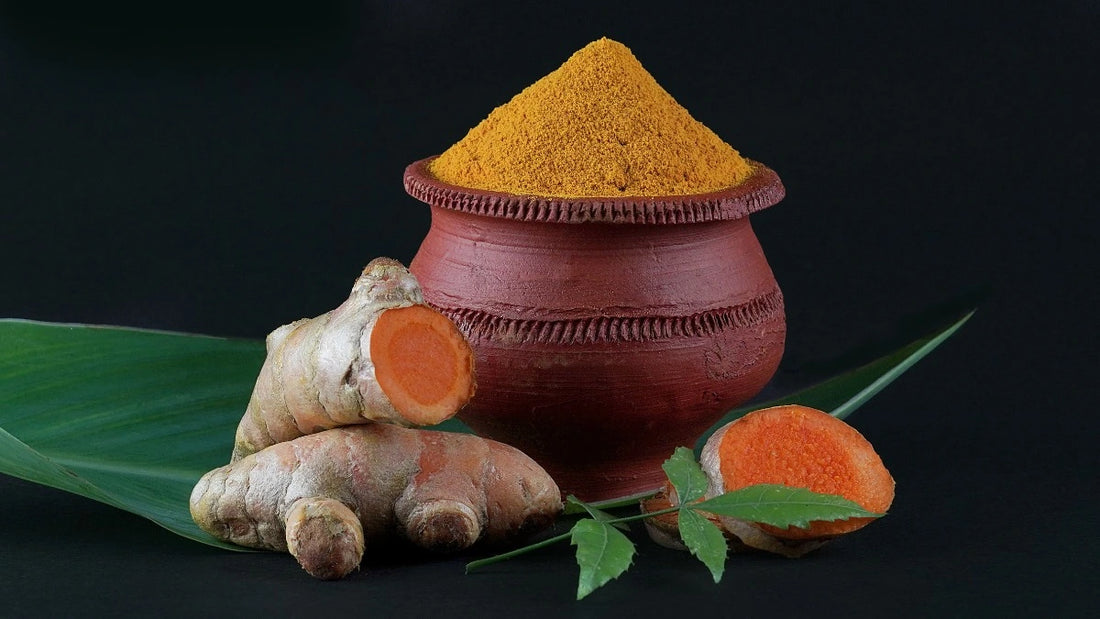Nature has many gifts for humanity. Without a doubt one of the most bounteous of these is that golden yellow spice called turmeric. Turmeric’s taste and health benefits have been known for centuries in Ayurvedic literature. Since a few years ago, these benefits have found their way into global consciousness. It’s used in our curries, it’s used in skin creams and in many Ayruvedic medicines. It’s even used as a dyeing agent! Even in the Western world, usually skeptical of traditional medicine, turmeric has been the subject of extensive studies in the recent past.
So let’s get into what turmeric actually is, where it comes from, and how it’s good for us.
Turmeric (Curcuma Longa) is a flowering plant of the ginger family. Ginger, as we all know, is also well known for its flavor and health benefits. The plant is native to the Indian subcontinent and South East Asia, where suitable climates exist to make it thrive. As a result, it has a long history in the cultures of South and South-East Asia but is not widely known in the rest of the world.
The plant produces Rhizomes which are root-like appendages (similar to ginger, which we are much more familiar with) which can be boiled, dried and then powdered to produce the fine, golden yellow powder that we are all accustomed to buying in our local markets. One of the most commonly used spices in Indian cooking, we almost take it for granted that any Indian kitchen will have a little bottle full of turmeric powder. In East Asia, the rhizome itself may be used directly, just as ginger is used in India.
But turmeric goes far beyond just the slightly bitter flavor and rich color it lends to our daily meals! Its medicinal properties play a much more important part in our lives than we realize.
Turmeric’s primary medicinal effects come from its main chemical component – a polyphenol known as curcumin. Curcumin is known to have several health benefits to the human body. When taken by healthy people, it has anti-oxidant and anti-inflammatory effects and is known for enhancing the immune system’s effectiveness. We must understand that although it’s curcumin that’s doing all this for us, it must be ingested as turmeric, since pure curcumin simply doesn’t get absorbed by the digestive system, and passes through us too quickly to be of benefit. As a natural product, it needs assistance of other chemicals to find its way into our systems.
Curcumin’s health benefits don’t stop there, with healthy people. In traditional medicine, it’s known to aid in the management of several different conditions which, although they seem rather varied, are all results of inflammation on different parts of the human body and therefore would explain the wide-ranging effects of turmeric.
For example, it can be used to address Type-2 Diabetes, as it has the property of being able to keep blood sugar levels down and combat the inflammatory effects of diabetes.
Regular intakes of curcumin in the form of turmeric tea or golden milk are known to assist the immune system fight off viral infections like the flu or herpes.
Studies have shown that turmeric intake can help with both PMS and menstrual cramps, to take the pressure off that time of the month.
Turmeric is being shown to be useful in lowering levels of LDL (“bad” cholesterol) and slowing down progress towards heart attacks, Even more importantly, people who have had bypass surgery seem to benefit from regular doses of curcumin to prevent recurring cardiac events.
Eaten with black pepper (to enhance the absorption of curcumin) it has a beneficial effect on arthritis sufferers to ease joint pain, stiffness and other associated inflammatory conditions.
Many of us suffer from Irritable Bowel Syndrome, a chronic and poorly understood condition that results in diarrhea, constipation, or even both at the same time (yes, that’s a thing). Some believe that stress and anxiety play a part in manifestation of IBS. Turmeric has shown to be effective in managing this condition, which results in severe effects on quality of life.
The investigation of turmeric as a mitigant for migraine headaches, another known condition that is both poorly understood and is also a life quality destroyer has been continuing, and indications are that it may be helpful to reduce both the frequency and intensity of migraines.
Through the whole of India, turmeric face packs and their more commercial cousins, turmeric face creams, are known to help with acne, and improve skin softness. It’s not uncommon to see constant applications of turmeric face packs in rural areas, especially in South India. Remember though, that the dyeing effect of turmeric can cause the skin to appear yellow upon too-frequent application!
One of the latest subjects for research into the benefits of curcumin, is in addressing that dreaded disease, cancer. Curcumin has been known to kill certain types of cancer cells, and although this research is still in its infancy, it’s being continued in an effort to understand in a predictable way, how it works exactly.
So, turmeric is really good for you in all sorts of ways. It’s been known in Asia for a long time, and the rest of the world is now waking up to the fact. Of course, we also appreciate it for its slightly bitter, biting flavor and the bright yellow color it brings to our home foods!
And have you ever wondered why so many monks use yellow robes? Well, before synthetic dyes were popular, turmeric was a widely available, safe and effective dye!
THAT’s how versatile this humble plant is!

